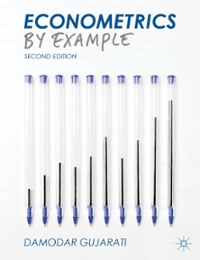give answers with proper explanation
16. How do economic profits and losses allocate resources in an economy? a. When an industry's goods (or services) become more highly valued by society, positive economic profits emerge for firms in the industry, attracting new firms and their resources to that industry. b. Businesses always seek to improve their profits and in so doing, they move resources into the production of goods and services that society values the highest. C. When an industry's goods (or services) become less highly valued by society, firms in the industry suffer losses and thus become motivated to put their resources to more profitable uses elsewhere. d. All of the above. 17. What could explain why South Korea's gross domestic product (GDP) per capita increased so much faster since the 1970s than North Korea's GDP per capita? a. Resource allocation in South Korea is done much more efficiently than in North Korea. b. South Korea has been better able to solve the coordination and incentive problems. C. South Korea has a market economy, while North Korea is a command economy. d. All of the above. 18. The government of a certain country decides that all its citizens should be equally well off. It decides to redistribute money so that each person has a roughly equal share of the total income. How would this policy affect economic activity in the country? a. It would be adversely affected since the poor are generally incapable of wisely investing money. b. It would be adversely affected since incentives to work harder, get an education, Bo or take risks would be greatly diminished. C. It would be enhanced by the euphoria and sense of unity brought about by the creation of an egalitarian society. d. It would be boosted since the poor will now be spending funds the rich would have otherwise saved. 19. If an economy is using its resources efficiently, it will be a. On its production possibility curve 20garb. Able to produce more of something only by producing less of something else. mom c. Maximizing its production given its limited resources. ond. Doing all of the above. 20. All of the following shift the Production Possibilities Curve outward EXCEPT: a. Increase in productivity due to technological innovation. b. Increase in the number or quality of workers. c. Less reliance on international trade. d. Increase in the physical capital made available to workers







